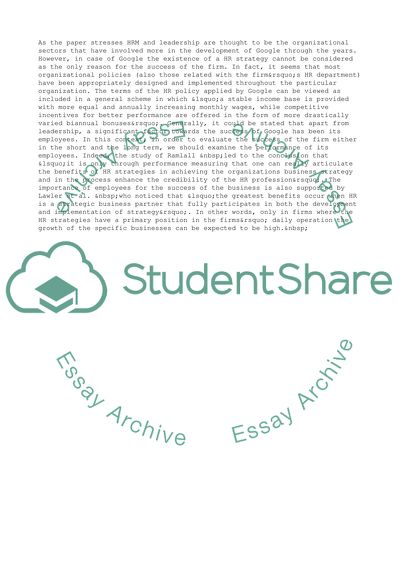Cite this document
(“Google's Organizational Culture Essay Example | Topics and Well Written Essays - 2750 words”, n.d.)
Google's Organizational Culture Essay Example | Topics and Well Written Essays - 2750 words. Retrieved from https://studentshare.org/management/1543230-case-study-of-googles-organizational-culture
Google's Organizational Culture Essay Example | Topics and Well Written Essays - 2750 words. Retrieved from https://studentshare.org/management/1543230-case-study-of-googles-organizational-culture
(Google'S Organizational Culture Essay Example | Topics and Well Written Essays - 2750 Words)
Google'S Organizational Culture Essay Example | Topics and Well Written Essays - 2750 Words. https://studentshare.org/management/1543230-case-study-of-googles-organizational-culture.
Google'S Organizational Culture Essay Example | Topics and Well Written Essays - 2750 Words. https://studentshare.org/management/1543230-case-study-of-googles-organizational-culture.
“Google'S Organizational Culture Essay Example | Topics and Well Written Essays - 2750 Words”, n.d. https://studentshare.org/management/1543230-case-study-of-googles-organizational-culture.


